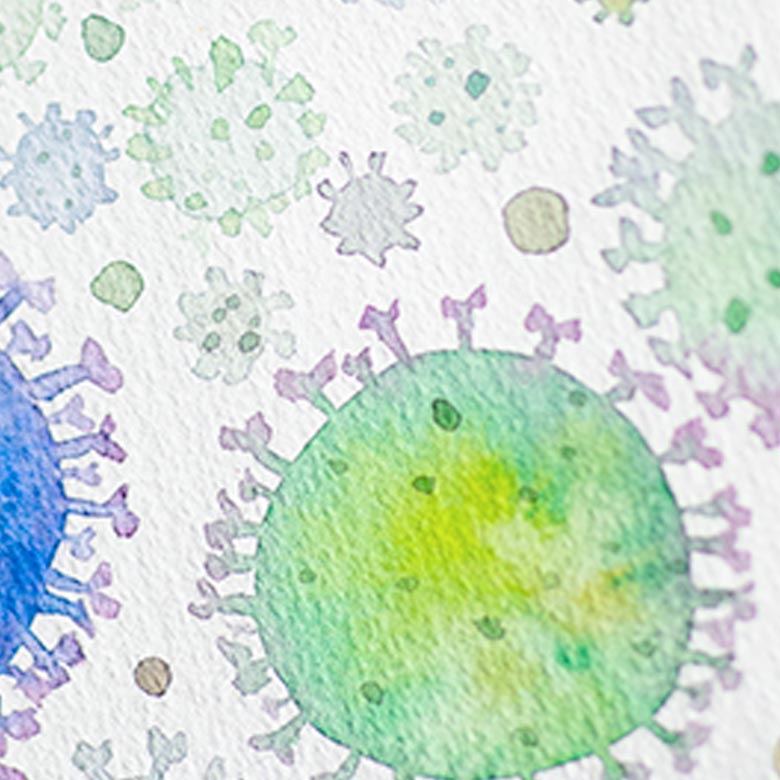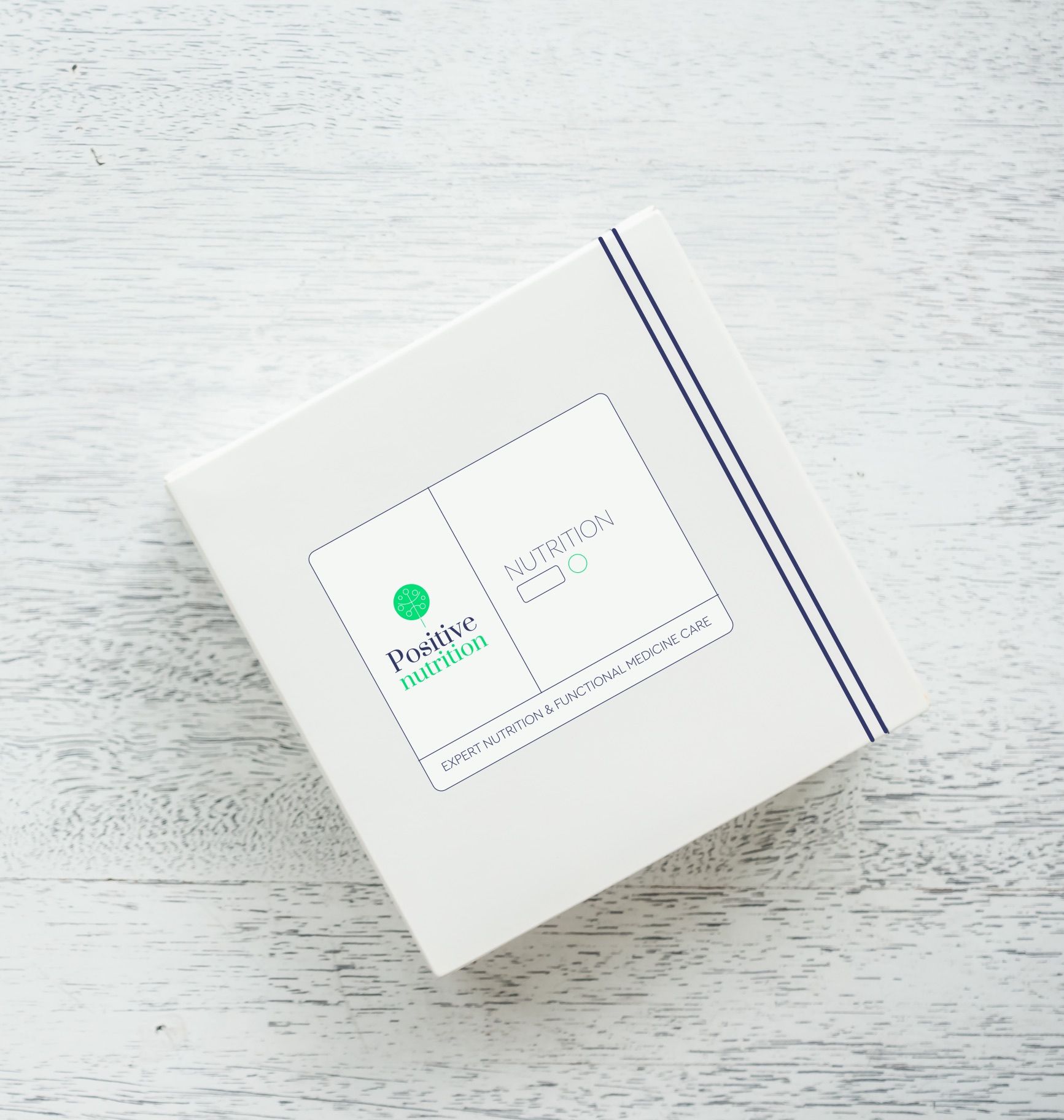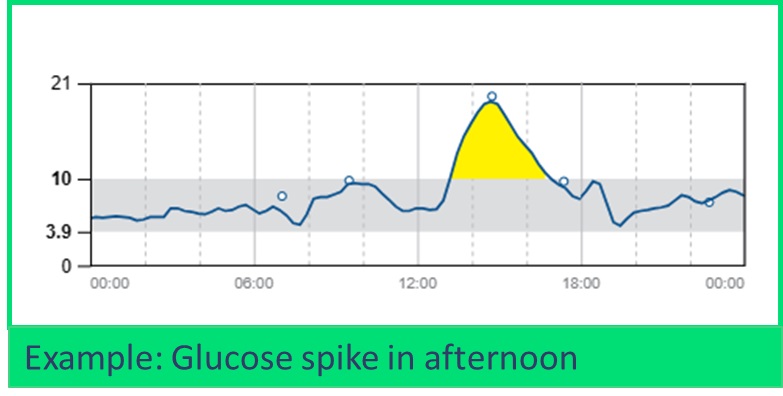Continuous Glucose Monitor


Continuous Glucose Monitor
€65.00
Managing your blood sugars is not only important for healthy weight management but also critical to inflammation and energy production.
It is often a cornerstone in managing health conditions. We use continuous glucose monitoring (CGM) to aid in understanding your body’s reaction to foods, which is different for everyone.
Who can benefit from this test?
Your nutritionist may recommend this test if you have:
- Obesity, abdominal obesity, weight gain or weight loss resistance
- Family/personal history of diabetes or pre-diabetes
- Hormonal or mood imbalances
- Chronic fatigue or energy and metabolism issues
- Concerns about healthy ageing and disease prevention

Learn More about our Continuous Glucose Monitor
Sensor (placed on the skin)
A continuous glucose monitor is a sensor which captures real-time glucose measurements. The sensor is applied to the back of the upper arm, application should be painless. The sensor remains there for 14 days while you measure your glucose levels constantly. It can be worn during sleep, exercise and is water resistant for the shower or swimming.
You can connect to the App for real time updates and readings and also link into your Nutritionists account so that you can interpret the information together. It is recommended to keep a food diary and makes notes on your lifestyle like, exercise, sleep or stress. At your follow up consultation, you can discuss how your food, eating habits or lifestyle affects your sugar control and adopt a plan to balance your blood sugars.
This test measures:
- Continuous and real-time glucose readings
Works well with:
- Blood Sugar and Insulin Resistance Test
Sally was finding it difficult to manage her weight despite trying to exercise more and eating a healthy diet. She was peri-menopausal and experiencing fatigue and energy dips during the day. She used the Continuous Glucose Monitor to find out if some of the seemingly healthy foods in her diet were actually causing blood sugar fluctuations.
After 14 days, some patterns were clear. If Sally had exercised later in the evening, her glucose patterns the next day showed higher spikes and lower troughs. It appeared that late exercise may have been increasing her cortisol levels and disrupting her sleep. She changed her routine to exercise in the morning, after a small snack, and used her evenings for meditation and relaxation.
Sally also noticed that rice, even brown rice, would cause her glucose levels to increase dramatically. Her levels were better with pasta, though it seemed likely that portion size played a role here also. She switched to quinoa instead of rice, and lower GI options like buckwheat pasta or chickpea pasta.
After using the information she gathered from her 2 week trial, she started to lose weight slowly and steadily and her energy during the day stabilised.
